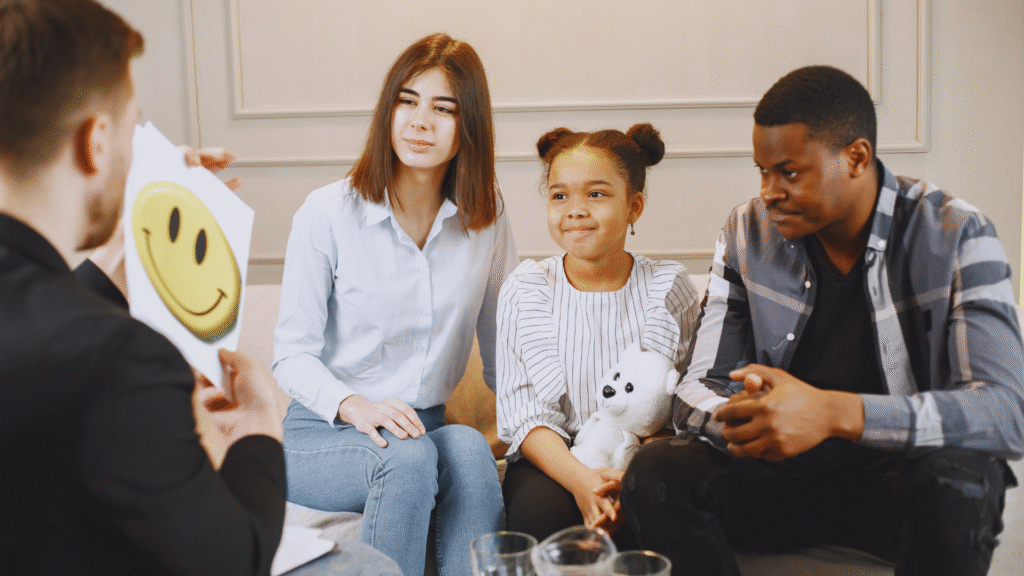Travel has long been a source of inspiration, igniting the creativity that resides within individuals. Experiencing new cultures, landscapes, and traditions opens the mind to different perspectives and ideas. This immersion in diverse environments often leads to a surge of creative thoughts and solutions that would not have emerged in the familiar confines of daily life.
As one navigates through bustling markets, serene mountains, or vibrant cities, the unfamiliar sights and sounds stimulate the senses. These experiences encourage innovative thinking and problem-solving, as the brain is prompted to adapt and respond to novel situations. Engaging with new people and their stories further enriches this creative process, providing fresh insights and motivations.
Creative individuals often find that travel not only broadens their horizons but also acts as a catalyst for their artistic pursuits. The act of exploration awakens dormant ideas, fostering a new wave of creativity that can lead to meaningful work and personal growth. In today’s fast-paced world, seeking inspiration through travel can be a vital key to unlocking one’s full creative potential.
The Link Between Travel and Creativity
Travel has a profound effect on the mind, often igniting new ideas and fresh perspectives. The change of environment inspires individuals and facilitates unique experiences that can enhance creativity. This section explores how travel fosters creativity through various psychological benefits, cultural immersion, and moments of solitude.
Psychological Benefits of New Experiences
Engaging in new experiences during travel significantly impacts psychological well-being. Exposure to unfamiliar surroundings stimulates the brain, enhancing cognitive flexibility. This is crucial for creative thinking, as it allows individuals to form connections between previously unrelated concepts.
Travel reduces stress by removing individuals from their daily routines. Lowered stress levels enhance mental clarity, which is essential for creativity. Furthermore, the excitement of new adventures releases dopamine, a neurotransmitter that plays a vital role in creativity and motivation.
Cultural Immersion and Creative Thought
Cultural immersion during travel opens the door to diverse perspectives. Engaging with different customs, languages, and philosophies encourages creative thought and problem-solving. Exposure to art, music, and traditions fosters inspiration, often leading to enriched creative outputs.
The multi-faceted experiences travellers encounter—such as local cuisine, traditions, or festivals—nurture innovative ideas. These interactions can challenge existing perceptions and inspire fresh narratives, contributing to personal and professional growth. Embracing these cultural elements can fundamentally shape an individual’s creative process.
The Role of Solitude in Creative Sparks
Travel often provides opportunities for solitude, allowing individuals to reflect. Time spent alone enables deeper contemplation, which can trigger creative insights. Retreats to serene landscapes or quiet cafés can foster an environment conducive to idea generation.
Solitude helps in the processing of experiences and emotions, leading to greater creative clarity. This reflective state can result in meaningful connections between thoughts, further inspiring new ideas. In this way, travel serves not just to explore the world but also to explore one’s inner creativity.
Historical Insights on Creativity Through Travel
Travel has long been a catalyst for creative thinking, shaped by historical contexts and the exploration of significant heritage sites. Understanding the relationship between travel and creativity reveals how history influences artistic expression and innovation.
Learning from Heritage Sites
Heritage sites serve as focal points for creativity, often reflecting the cultural and artistic achievements of civilisations. For instance, the ruins of ancient Athens inspired numerous artists and philosophers during the Renaissance. Visiting such locations allows individuals to engage with history on a personal level, sparking new ideas rooted in the past.
Travellers often find that the physical presence of historical landmarks can evoke powerful emotions. This connection to history can lead to fresh perspectives in creative fields like architecture, literature, and visual arts. Exposure to different cultures at these sites may inspire new ways to interpret artistic concepts.
Influence of Historical Events on Creativity
Historical events significantly shape the cultural narrative and artistic movements. The Industrial Revolution, for example, transformed society and influenced writers like Charles Dickens, who captured the essence of urban life in his works. Such events provide rich contexts for creative exploration.
Travelling to sites where pivotal events occurred allows individuals to absorb the atmosphere and emotional weight of these moments. Engaging directly with history can inspire creative professionals to channel their experiences into their work. The direct impact of witnessing historical change can motivate innovation and new ideas across various disciplines.
Building Connections with Local Communities
Connecting with local communities during travel provides opportunities for cultural exchange and the spark of new ideas. Engaging with residents not only enriches the travel experience but also fosters creativity through collaboration and shared insights.
Fostering Hospitality and Sharing Ideas
Hospitality is a cornerstone of many cultures. When travellers engage with locals, they often receive invitations to experience customs, cuisine, and traditions firsthand. This level of interaction can lead to meaningful conversations that inspire fresh perspectives.
In many cases, communities host workshops or cultural events. These settings encourage participants to share their skills, whether it’s cooking, crafting, or storytelling. Such exchanges create a reciprocal learning environment. Travellers gain new insights, while locals receive fresh viewpoints through the lens of visitors.
The Creative Impact of Social Interactions
Social interactions within local communities can significantly enhance creativity. Conversations with diverse individuals introduce new concepts and approaches, allowing for the fusion of ideas. This intellectual stimulation often occurs in informal settings, such as markets or cafés, where people from various backgrounds converge.
Collaborative projects, such as community art initiatives, can further amplify this creative exchange. Travellers may contribute unique skills or perspectives, while locals provide context and relevance. This teamwork can lead to innovative results, blending cultural expressions that reflect both local and global influences. Engaging with community members in this manner enriches both the traveller’s experience and the community’s cultural tapestry.
Case Studies: Sparking Creativity in Global Destinations
Certain destinations have consistently shown a unique ability to inspire creativity among travellers. These locations boast rich cultures, historical significance, and vibrant arts scenes that fuel imaginative thinking. The following case studies highlight two such places: Budapest and Dubrovnik.
Budapest: A Hub for Artistic Inspiration
Budapest, Hungary’s capital, is renowned for its stunning architecture and vibrant arts scene. The city’s blend of historical styles, from Gothic to Art Nouveau, creates a visually stimulating environment.
Key attractions such as the Hungarian State Opera and the Museum of Fine Arts provide ample inspiration for artists and thinkers alike. The city’s numerous cafés, once frequented by famous writers and artists, still serve as gathering places for creative minds.
Regular events, including the Budapest Design Week, foster collaboration and innovation among local and international creators. This creative atmosphere encourages visitors to engage with the arts, sparking new ideas through their experiences in the city.
Dubrovnik: The Influence of Historical Preservation
Dubrovnik, known as the “Pearl of the Adriatic,” is a UNESCO World Heritage site that exudes history at every corner. The city’s well-preserved medieval architecture, particularly the iconic city walls, provides a backdrop rich in stories and artistic influence.
Creative professionals often visit to take in the breathtaking views and explore the Old Town’s winding streets. The annual Dubrovnik Summer Festival showcases local and international talent in theatre, music, and dance, further enhancing the creative atmosphere.
This thriving cultural scene draws in visitors eager to immerse themselves in a place where history meets contemporary creativity. Dubrovnik’s unique charm offers an environment conducive to innovative thinking, making it a favoured destination for those seeking inspiration.





